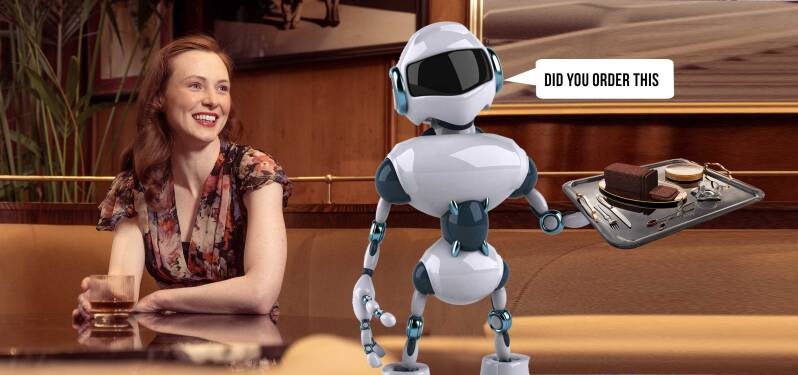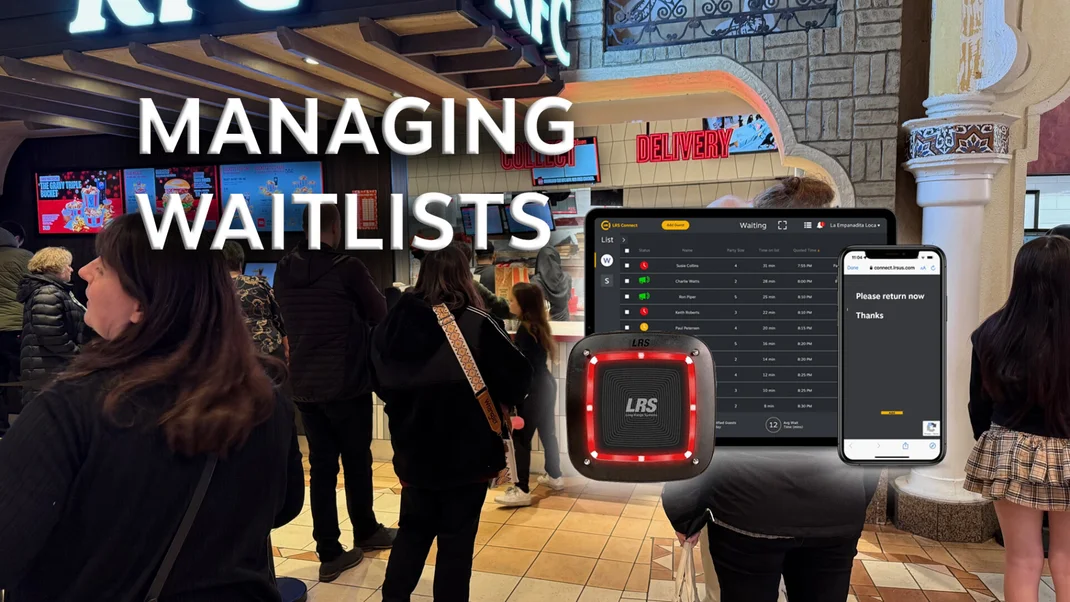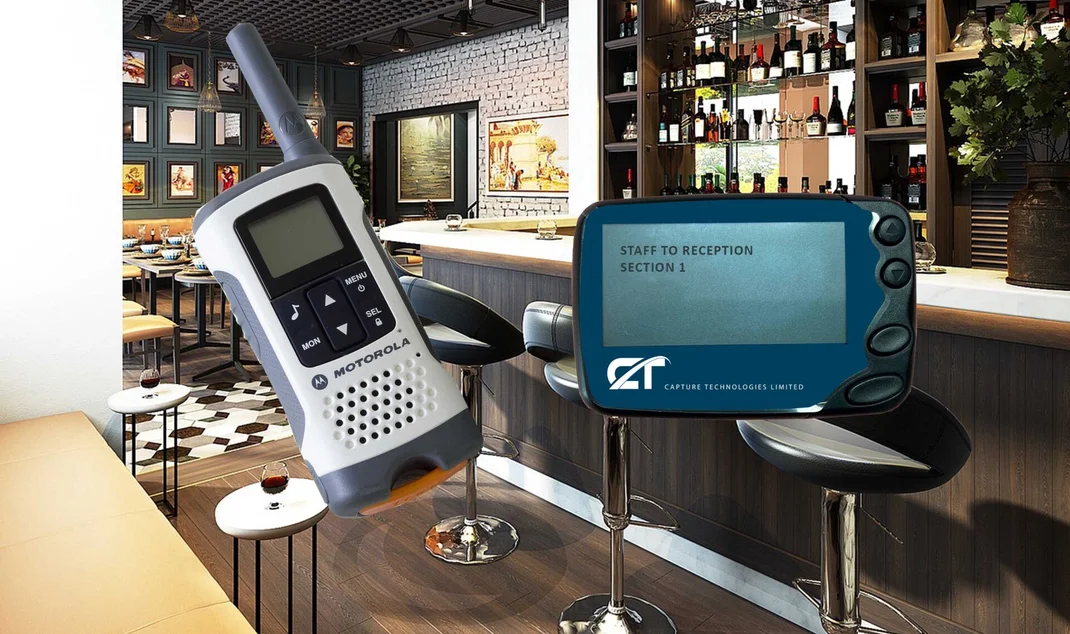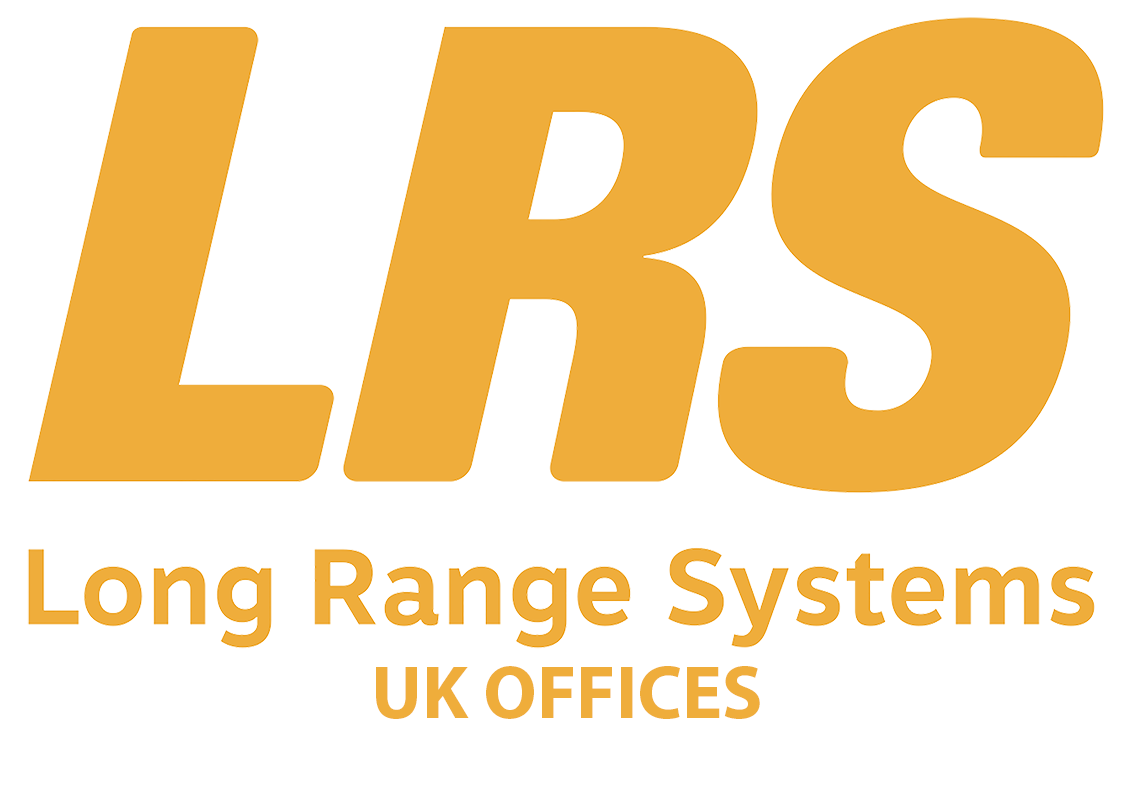The Case for Robot Technology in Restaurants and Hospitality
Since 2020, the restaurant industry has faced significant challenges, including staff shortages and rising operational costs for food, drink, electricity, gas, and wages. With increases in the minimum wage, restaurant owners are exploring automation, including robotics, as a potential solution to improve efficiency and attract customers with novelty and innovation.
Should Restaurant Management Consider Robots?
In recent years, several companies have developed robots for use in restaurants, covering a variety of tasks such as food preparation, dishwashing, taking orders, processing payments, and even clearing tables. On paper, robots appear to offer an effective way to boost efficiency and profitability. However, while a well-executed installation can yield significant benefits, a poorly implemented system can be extremely costly.
Companies Producing Restaurant Robots
Several companies are actively developing robots for the restaurant and hospitality industry, including Bear Robotics, PUDU Robotics, Keenon Robotics, Orion Star, and Serve Robotics. Robotics technology is expanding into various industries, with Heathrow Airport even deploying robotic cleaners.
While robots can enhance efficiency, numerous automated technologies provide similar benefits without requiring full-scale robotic implementation.
Why Consider Robots?
One of the key attractions of robots is their novelty. Both customers and staff may be intrigued by the introduction of robotics in a restaurant setting. The novelty factor alone can attract customers keen to see robots in action, potentially increasing footfall and revenue.
Robots also serve various promotional functions, such as showcasing special deals or advertisements paid for by suppliers. While some models specialise in food delivery, others focus on cleaning and sanitisation, although these can be costly investments.
The Harvard Business Review’s article 'Is Your Hospitality Business Ready for a Robot?' provides insights into robotics in the industry, though it does not capture the full picture from a practical perspective.
The Challenges of Implementing Robot Technology
Despite the advantages, there are several challenges restaurant owners must consider before integrating robots into their operations:
1. High Initial Costs
While management aims to reduce costs, robots can represent a significant investment. Failing to plan for cost recovery could lead to financial difficulties, particularly during challenging economic periods.
2. Maintenance Costs
Even when suppliers offer competitive prices for the robots themselves, many rely on long-term maintenance agreements as their primary revenue source. These ongoing costs can accumulate quickly, making affordability a concern.
3. Operational Changes
Introducing robots often requires significant changes to restaurant operations. Customers appreciate familiarity, and altering service models can discourage some regular patrons. Older customers, for example, may struggle with ordering or making payments via robotic systems, preferring traditional service from waiting staff.
4. Premises Adaptations
Many restaurants may need to modify their premises to accommodate robots. Considerations include:
-
Ensuring doors are automated for access to kitchens.
-
Addressing obstacles such as stairs and uneven flooring.
-
Understanding that most robots cannot handle slopes greater than 15 degrees.
-
Recognising that Lidar scanning technology, which enables robots to navigate, can be sensitive to obstructions—moving furniture could easily disrupt operations.
5. Staff Training Costs
Integrating robots requires training staff to manage and troubleshoot the system. While they may operate smoothly most of the time, unforeseen issues require human intervention. Staff training is an additional cost that must be factored into the investment.
6. Additional Operating Costs
Each robot requires regular charging, contributing to rising electricity expenses—an increasingly critical factor given the UK's high energy costs. Additionally, rechargeable batteries have limited lifespans, with some suppliers only offering limited warranties despite ongoing maintenance contracts.
7. Robot as a Service (RAAS)
Many robotics companies operate on a subscription model, charging restaurants monthly fees. For example:
-
£1,200 per month for a one-year contract
-
£1,000 per month for a two-year contract
-
£850 per month for a three-year contract
Costs in the USA range from $5,000 to $10,000 per robot, depending on the model. Given fluctuating exchange rates, UK prices are often similar in pounds (£) or even higher. Maintenance costs further add to these expenses.
The Supply Model for Restaurants
Restaurant robotics suppliers typically promote two primary operational models:
1. The 24-Table Model
-
Each server covers four tables, with six servers handling a 24-table restaurant.
-
Robots supplement but do not replace staff, leading to improved service quality and efficiency.
2. The 6/4 Model
-
Instead of six servers, four servers handle six tables each.
-
The cost savings from two fewer staff salaries is used to justify robot investment.
Robot manufacturers often use this model to rationalise their costs, particularly in high-volume restaurants.
Additional Technologies Used with Robots
Many robots integrate with other restaurant technologies to enhance their effectiveness. For example, Table Tracker systems help robots identify customer locations, reducing errors in food delivery. While some robotics manufacturers have their own tracking systems, most do not, making Table Tracker from LRS a leading standalone or integrated solution.
Evaluating the Financial Case for Robots
Considering all associated costs is critical before implementing robotic systems in a restaurant setting. Beyond the initial investment, maintenance, operational modifications, and staff retraining costs can add up significantly.
For example, in the UK from April 2025, the minimum wage will be £12.21 per hour, plus:
-
15% National Insurance (NI) contributions
-
3% pension contributions
For a 40-hour workweek, this results in a minimum weekly cost of £595.60 per employee. While the 6/4 model can potentially save on staffing costs, robot pricing has increased, and maintenance fees may negate the savings.
Conclusion: Should Restaurants Invest in Robots?
While robots offer potential benefits, restaurant management must carefully assess both costs and advantages before making a decision. The return on investment (ROI) depends on multiple variables, including:
-
Upfront purchase and installation costs
-
Ongoing maintenance and training expenses
-
Customer acceptance of robotic service models
-
Premises suitability for automated operations
While robots can enhance efficiency and service quality, long-term financial viability remains a crucial factor. Any restaurant or hospitality venue considering robotics must base their decision on accurate data rather than anecdotal evidence to ensure a well-informed investment strategy.
Visit the Long Range Systems UK Ltd website for more information on The Case for Robot Technology in Restaurants and Hospitality






